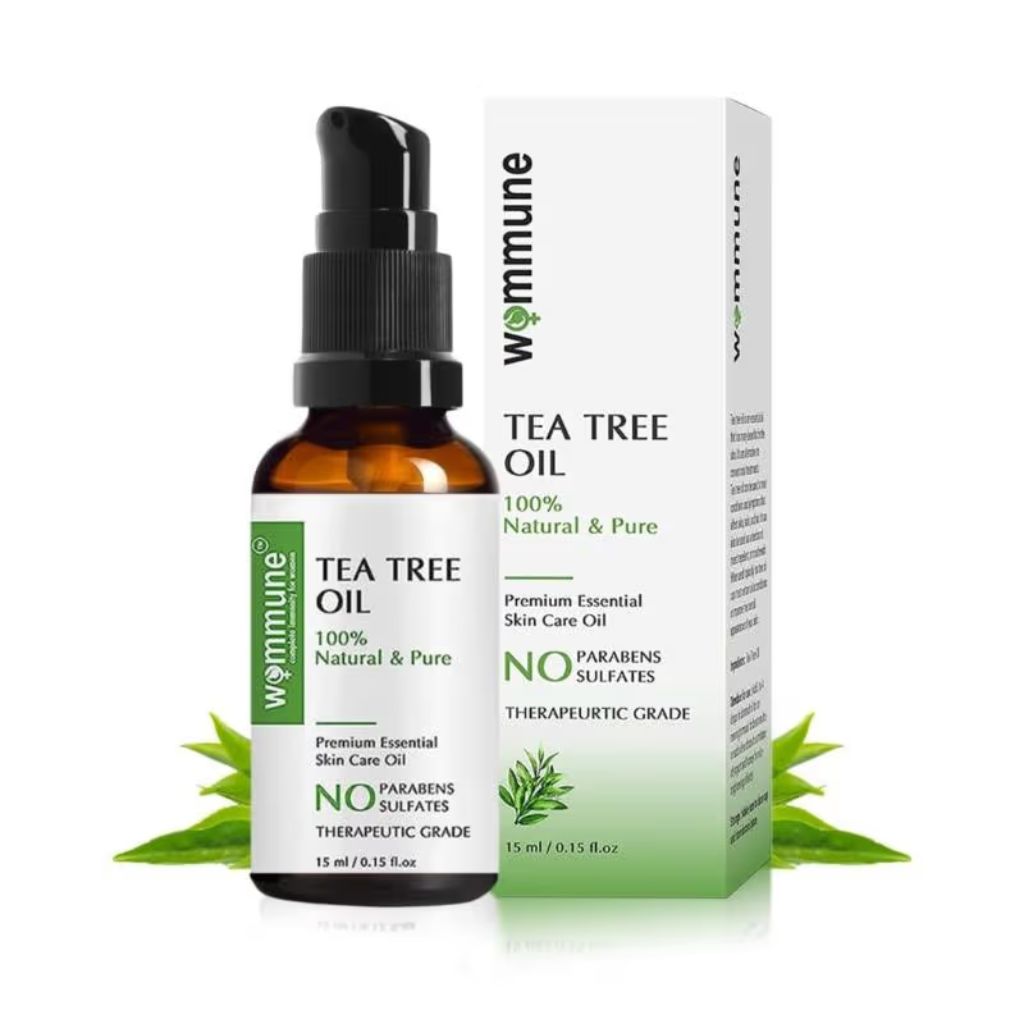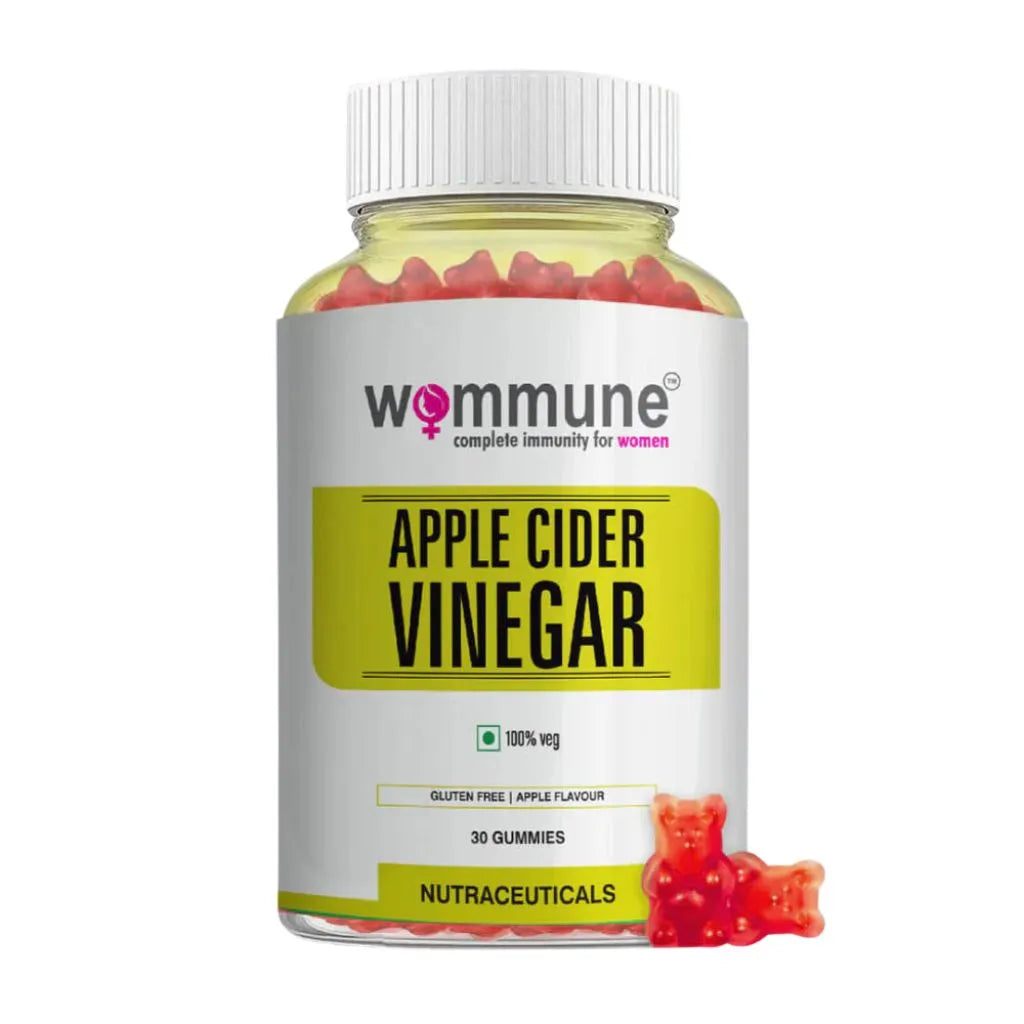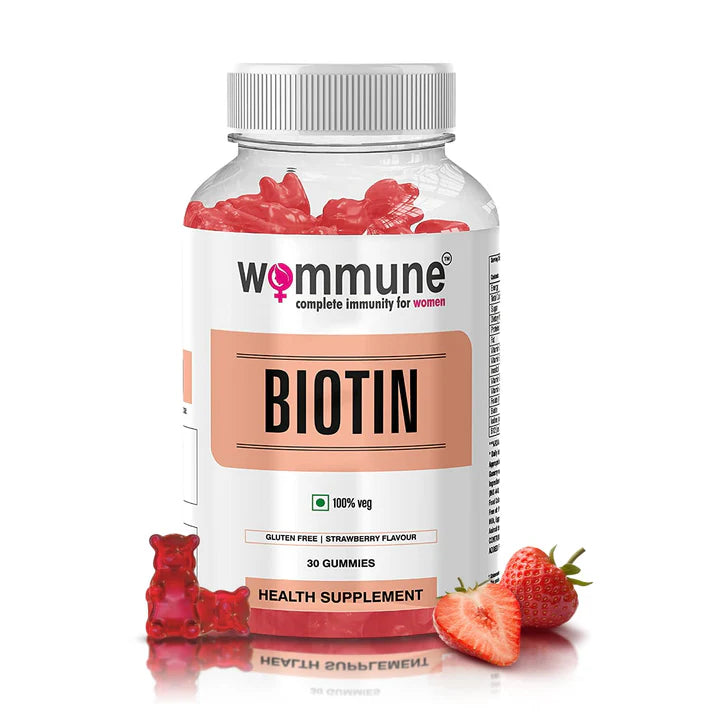Your constant fatigue isn't because of stress - it's because 57% of Indian women are walking around anemic, and most don't even know it. That exhaustion you blame on your busy schedule? Those headaches you pop pills for? The brain fog that makes you feel like you're functioning at half capacity? It might all trace back to one missing mineral: iron.
Let me share something that absolutely blew my mind when I started researching women's health for Wommune.
Despite all our efforts toward healthy, modern lifestyles post-COVID, anemia among Indian women has been significantly increasing over the last five years. We're talking about an epidemic hiding in plain sight.
Despite all our efforts toward healthy, modern lifestyles post-COVID, anemia among Indian women has been significantly increasing over the last five years. We're talking about an epidemic hiding in plain sight.
The Shocking Reality
According to the latest National Family Health Survey (NFHS-5), the statistics are devastating:
-
57% of women aged 15-49 are anemic (increased from 53% in NFHS-4)
-
52.2% of pregnant women suffer from anemia
-
57.2% of non-pregnant women are anemic
-
In aspirational districts: 61.1% of women are anemic
-
Some districts like Udalgiri show rates as high as 81.5%
This isn't just a number—it represents millions of women experiencing chronic fatigue, reduced productivity, compromised immunity, and increased health risks. The tragedy? Anemia is largely preventable and treatable, yet it continues to affect women across all socioeconomic backgrounds.
The Cultural Perfect Storm
Here's what makes this particularly heartbreaking: most Indian women who cook for the family eat only after serving others at the dining table. We're literally the last to get essential nutrients, including iron. This cultural practice, while rooted in care for our families, is systematically depleting our health.
But the problems run deeper:
Dietary Challenges
Our predominantly plant-based diets lack highly absorbable heme iron that comes from meat sources. While vegetarian diets have numerous health benefits, they require strategic planning to meet iron needs. Plant-based iron (non-heme iron) is less easily absorbed by the body, requiring careful pairing with vitamin C and avoiding certain inhibitors.
The Chai and Coffee Trap
Here's the kicker: we drink chai and coffee which further blocks whatever iron we manage to consume. The tannins in tea and coffee can significantly reduce iron absorption when consumed with iron-rich meals. That morning chai with breakfast? That afternoon coffee break? They're potentially sabotaging our iron levels.
Biological Factors
Women face unique challenges:
-
Menstrual blood loss: Women lose significant iron monthly during menstruation
-
Pregnancy and breastfeeding: Dramatically increased iron demands
-
Multiple pregnancies with close spacing: Depletes iron stores before they can recover
The Silent Symptoms You're Ignoring
The insidious nature of iron deficiency means most women never feel symptoms until it's severe. You might be experiencing:
-
Chronic fatigue that sleep doesn't fix
-
Frequent headaches and dizziness
-
Poor work performance and difficulty concentrating
-
Frequent infections due to compromised immunity
-
Restless leg syndrome and sleep disturbances
-
Hair loss and brittle nails
-
Cold hands and feet even in warm weather
Sound familiar? These aren't just "part of being a busy woman"—they're your body desperately signaling iron deficiency.
Why Standard Tests Miss the Problem
Here's where it gets frustrating: routine blood tests might show "normal" hemoglobin levels while you're still iron deficient. Iron deficiency occurs in stages:
-
Iron depletion: Ferritin stores drop (often undetected)
-
Iron deficiency: Body struggles to produce healthy red blood cells
-
Iron deficiency anemia: Hemoglobin levels finally drop (when most women get diagnosed)
Many women spend months or years in stages 1 and 2, feeling terrible but being told their tests are "fine."
The Absorption Game-Changer
Understanding iron absorption can transform your health. Heme iron from animal sources is much better absorbed than non-heme iron from plants. But here's the good news: you can dramatically improve plant-based iron absorption.
Absorption Enhancers:
-
Vitamin C: Consume citrus fruits, bell peppers, or tomatoes with iron-rich meals
-
Meat proteins: Even small amounts boost non-heme iron absorption
-
Fermented foods: Support gut health for better nutrient absorption
Absorption Inhibitors to Avoid:
-
Tea and coffee: Wait 2 hours after iron-rich meals
-
Calcium supplements: Take separately from iron
-
Whole grains with meals: Phytates can bind iron
The Indian Context: Beyond Diet
Research shows significant socioeconomic factors contribute to anemia:
-
Education levels: Women with higher education have 13% lower odds of being anemic
-
Wealth status: Women from the poorest quintile have 28% higher odds of anemia
-
Tribal status: Scheduled Tribe women have 39% higher likelihood of anemia
-
Multiple children: Women with 3-4 children face 13% higher odds
Your Iron Action Plan
Immediate Steps:
-
Get proper testing: Request complete iron studies (hemoglobin, ferritin, transferrin saturation)
-
Strategic meal timing: Avoid chai/coffee 2 hours before and after iron-rich meals
-
Pair wisely: Combine iron sources with vitamin C-rich foods
Long-term Solutions:
-
Diversify iron sources: Include lentils, spinach, quinoa, and fortified cereals
-
Consider supplementation: Under medical guidance, especially if severely deficient
-
Address underlying causes: Treat heavy menstrual bleeding, parasitic infections
Kitchen Swaps:
-
Cook in iron vessels to increase iron content
-
Replace regular tea with herbal alternatives during meals
-
Add jaggery (gud) instead of white sugar for additional iron
Beyond Individual Action
While personal changes are crucial, we need systemic solutions. The government's Anemia Mukt Bharat initiative aims to reduce anemia prevalence by 3% annually, but NFHS-5 data shows we're moving backward. We need:
-
Better awareness campaigns targeting women directly
-
Improved access to iron-rich foods through public programs
-
Healthcare system training for early detection
-
Workplace policies supporting women's nutritional needs
The Bottom Line
Your energy levels and that inner glow should never be compromised because of a preventable deficiency. Iron deficiency isn't just about feeling tired—it affects every aspect of your life, from work performance to immune function to mental clarity.
The statistics show anemia increased from 53% to 57% between NFHS-4 and NFHS-5, but they also represent an opportunity. With proper awareness, testing, and strategic intervention, we can reclaim our energy and health. Routine blood screening can reveal the problem before it becomes severe, giving you the power to address it proactively.
Stop accepting exhaustion as your normal. That fatigue, those headaches, that feeling of running on empty—they're not character flaws or inevitable parts of womanhood. They might be your body's way of telling you it needs more iron, and fortunately, that's something we can fix.
This article is for informational purposes only and should not replace professional medical advice. Always consult with your healthcare provider to know your haemoglobin levels before starting anything - especially if you have underlying health conditions or are pregnant




